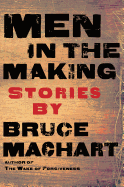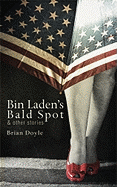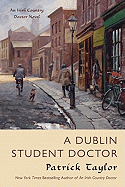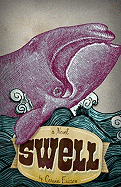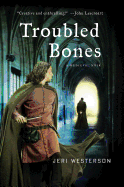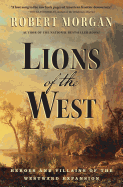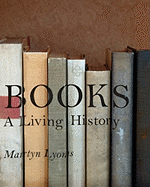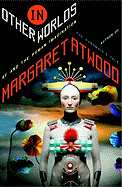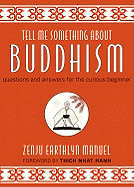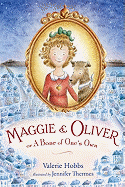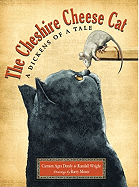'Does Not Disappoint'--Far from It
"Does not disappoint." Such a mild phrase, but used so often in book reviews as high praise, as if the reviewer didn't want to jinx the book by saying "brilliant" or "inspired." "Does not disappoint" can be effective when evaluating a book in a series or a sophomore effort from a novelist, because the opportunities for disappointment are rife. This fall, I have read some books that not only did not disappoint, but that raised the bar for the next work from the authors.
Starting with Lee Child and The Affair (Delacorte), which is a prequel to his Jack Reacher series. Prequels are notoriously iffy, often just an attempt to cash in on popularity, but The Affair is top-notch--we see Reacher in the army, find out why he left, and why he travels with only a folding toothbrush. Last year, Bruce Machart came out with The Wake of Forgiveness (Houghton Mifflin Harcourt), a marvel of a book, and he's followed it with a story collection, Men in the Making (Houghton Mifflin Harcourt), that is just as superb (see review below). December brings Egypt: The Book of Chaos by Nick Drake (Harper), which is the final volume in his Ancient Egyptian trilogy featuring chief detective Rai Rahotep of Thebes. The first two--Nefertiti, Tutankhamun--were fascinating mysteries based on historical fact, atmospheric, poetic and witty. Egypt presents the reader with a delicious dilemma: read it on one gulp or prolong the enjoyment over days? It may be the last of Rahotep, but the books are so good they warrant rereading. Another book that I will be rereading is Wicked Autumn by G.M. Malliet (Minotaur), a delectable mystery starring Max Tudor, late of MI5, now a vicar in an idyllic English village. Of course, the village is not so idyllic, and the ironic humor is dazzling. It's the first in a series that I am sure won't disappoint.
Do you have books that did not disappoint? If so, please send me an e-mail about them. --Marilyn Dahl



 For "a tranquil place to escape and indulge in the pleasure of reading," as inhabit.com put it, Dorte Mandrup Architects in Denmark offers
For "a tranquil place to escape and indulge in the pleasure of reading," as inhabit.com put it, Dorte Mandrup Architects in Denmark offers 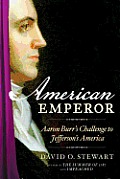 The ad was all the funnier because, after all, who remembers "Aaaahwohn BUHHH!" anyway? It's the murdered Alexander Hamilton whose achievements are still celebrated in social-studies and history classrooms. He was a Founding Father and first Secretary of the Treasury, and his Bank of New York is still in operation.
The ad was all the funnier because, after all, who remembers "Aaaahwohn BUHHH!" anyway? It's the murdered Alexander Hamilton whose achievements are still celebrated in social-studies and history classrooms. He was a Founding Father and first Secretary of the Treasury, and his Bank of New York is still in operation.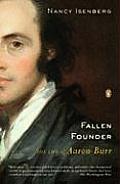 Fallen Founder: The Life of Aaron Burr by Nancy Isenberg is an intimate and sophisticated look at a man whose status as "founding father" may be in question, but whose support of free speech and equal rights is still remarkable for his time.
Fallen Founder: The Life of Aaron Burr by Nancy Isenberg is an intimate and sophisticated look at a man whose status as "founding father" may be in question, but whose support of free speech and equal rights is still remarkable for his time.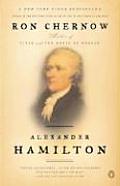 Alexander Hamilton by Ron Chernow delves further into the brilliant statesman's beginnings and personal life than previous biographies. Hamilton forged a singular path from his "Caribbean bastardy" through military service to power.
Alexander Hamilton by Ron Chernow delves further into the brilliant statesman's beginnings and personal life than previous biographies. Hamilton forged a singular path from his "Caribbean bastardy" through military service to power.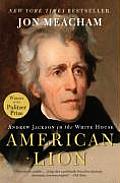 American Lion: Andrew Jackson in the White House by Jon Meacham is a stirring tale, stirringly told--how can it fail when the editor of Newsweek magazine takes on the story of the brave Indian fighter and hero of New Orleans? Oh, and Burr supporter....
American Lion: Andrew Jackson in the White House by Jon Meacham is a stirring tale, stirringly told--how can it fail when the editor of Newsweek magazine takes on the story of the brave Indian fighter and hero of New Orleans? Oh, and Burr supporter....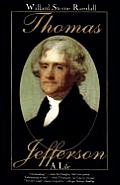 Thomas Jefferson: A Life by Willard Sterne Randall stands for many as the best one-volume biography of our third president (Dumas Malone's multi-volume version is still the one to beat), and will provide great background for fans of Stewart's book. --
Thomas Jefferson: A Life by Willard Sterne Randall stands for many as the best one-volume biography of our third president (Dumas Malone's multi-volume version is still the one to beat), and will provide great background for fans of Stewart's book. --
